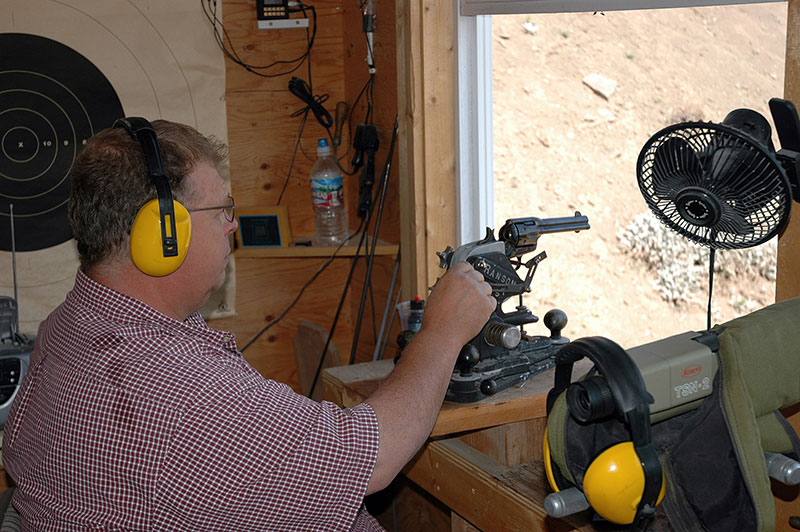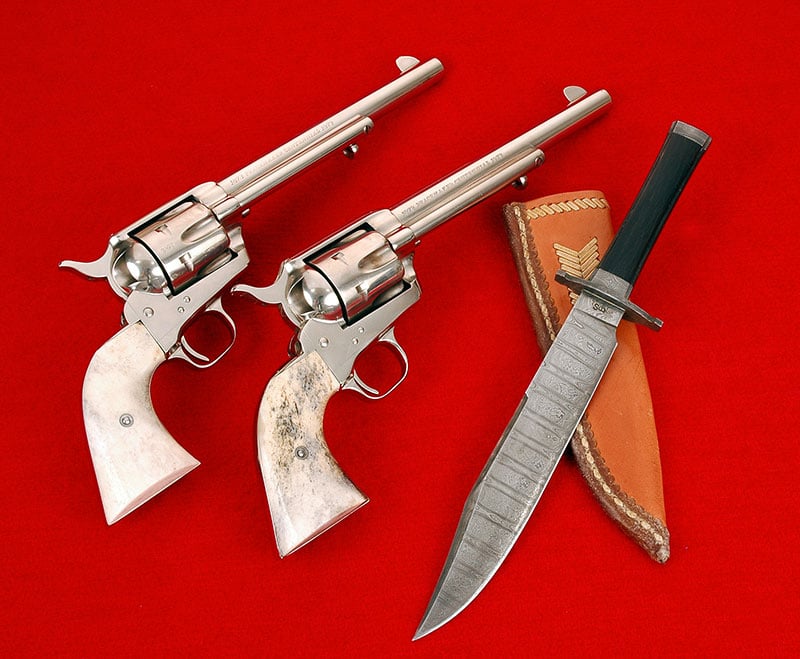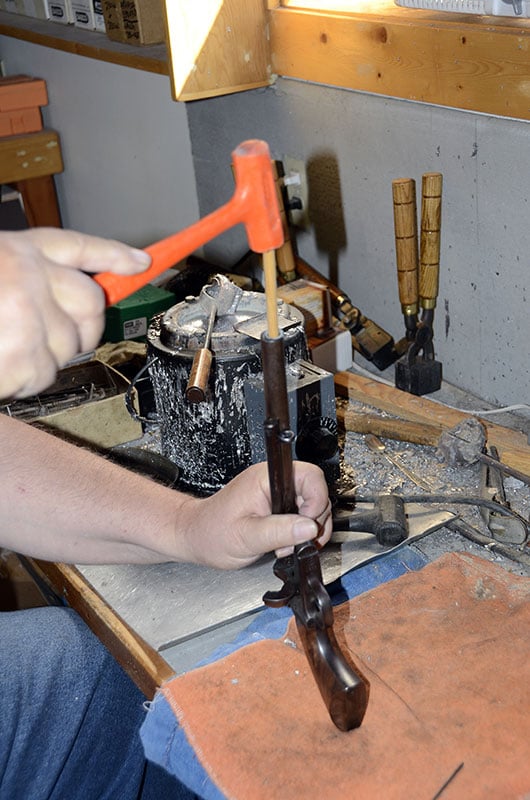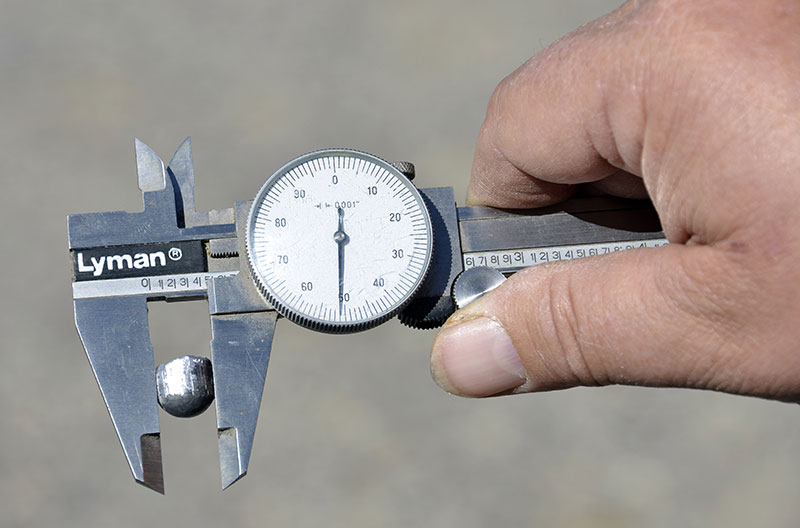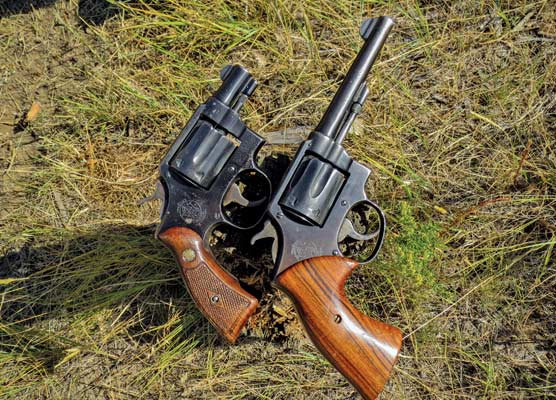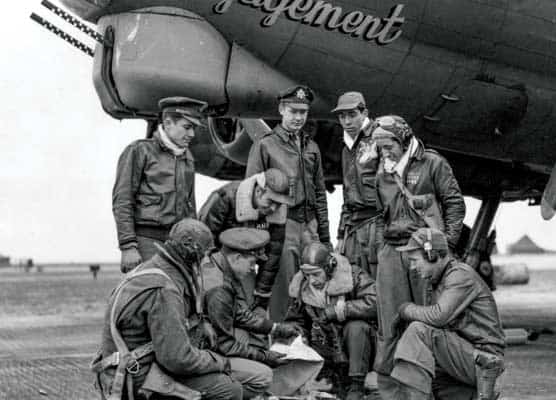The SAA's Most Prominent Calibers
Part 12 of 12 Part Genesis of the Colt Single Action
Research has shown the Colt SAA (Single Action Army) has been chambered for about 30 cartridges ranging from .22 to .476 Eley during its on-again/off-again 138 year history. That said, only eight of those 30 have been made in large enough numbers to be significant.
In the 1st Generation, from 1873 to 1941, five calibers were most prominent. Listed in order of popularity they were .45 Colt, .44 WCF (.44-40), .38 WCF (.38-40), .32 WCF (.32-20) and .41 Colt (often called .41 Long Colt). In the 2nd Generation of production from 1956 to 1974 they were .45 Colt, .357 Magnum, .38 Special and .44 Special. Also it should be mentioned in the mid-1970s the Peacemaker Centennial Commemorative was made in special runs of 2,002 each. One of those runs was .45 Colt and the other was .44 WCF. That was the only time .44 WCF was made in the 2nd Generation.
When the 3rd Generation started in 1976, of course .45 Colt came first. It was followed by the .357 Magnum later in the same year, and .44 Special in 1978. In 1982 Colt once again made .44 WCF a catalog item and followed suit with .38 WCF in 1993. At this writing in late 2011, .32 WCF and .38 Special have been added, and all the above mentioned cartridges except the .41 Colt are also available.
Critical Dimensions
Having had considerable reloading experience with all eight of the above Colt SAA calibers I’d like to pass on some personal comments. Colt seems to have always had a problem mating barrel and chamber mouth dimensions. Early on in the black powder days .45 Colt caliber barrel groove diameters were usually .454″, but I have personally measured chamber mouths as tight as .449″. When Colt brought the round back in 1956 they reduced barrel groove diameter to a nominal .451″, although I must say many I have measured are closer to .450″. Conversely every 2nd or 3rd Generation cylinder’s chamber mouths I have measured are at least .455″. I count this as the main reason.45 caliber Colt SAAs have never had a reputation for fine accuracy.
This mishmash of barrel and cylinder dimensions was not limited to .45 caliber. I’ve experienced .44 WCFs of the black powder era with chamber mouths as tight as .424″ with barrels of .427″. More recently I’ve owned 3rd Generation .44s (.44 WCFs & .44 Specials) with chamber mouths as large as .435″. Barrels uniformly have always been .427″ in my experience. Here’s an anomaly though, those 2nd Generation Peacemaker Centennial Commemoratives in .44 caliber have .429″ chamber mouths, again in my experience.
The other two “WCF” Colt calibers also suffered from this ailment. It’s not uncommon to encounter early .38 WCFs with .403″ barrel groove diameters and .400″ chamber mouths. The very first .32 WCF I personally owned had a barrel groove diameter of .314″ but chamber mouths of .310″. I have not experienced a 3rd Generation SAA of .32 WCF caliber so I cannot comment on them. However, I have owned many chambered for .38 WCF, and at this point Colt got things just perfect. Their barrel groove diameters have all been .400″ and their chamber mouths have been .401″.
Having measured fewer .38 Special and .357 Magnum Colt SAAs, all of 2nd or 3rd Generations, I’ve never discovered this non-matching problem. They have all had barrel groove diameters of about .356″ and chamber mouths of about .357/.358″. That probably explains their superlative accuracy potential. In fact the most accurate non-target grade revolver I’ve ever encountered was a 2nd Generation Colt SAA with 7 ½” barrel. Once I did a test of revolver chambers by shooting five, five shot groups with each chamber and then five, five shot groups using all six chambers randomly. Range was 25 yards, ammunition was Remington 148-grain factory wadcutters, and all shooting was done from machine rest. That .38 Colt averaged about 1″ for all 35 of those five shot groups!
Fixing The Problems
With SAAs of any generation that have oversized chamber mouths in relation to the barrel’s groove diameter, there are three methods by which they can be made to shoot well. All of the following assumes the shooter will be firing lead alloy bullets. In fact a shooter who casts his own handgun bullets will find it far easier to fit them to Colt SAAs than someone buying custom cast bullets.
First, a handloader can fit the bullet to the chamber mouths as closely as possible. That means with a .45 having a .451″ barrel but .456″ chamber mouths, it will help to use .454″ bullets. In regards to .44 WCF, I use .428″ bullets in my current PC Commemoratives with their .429″ chamber mouths or 3rd Generation ones with .431″ chamber mouths.
The second method would be to use very soft lead alloy bullets, say of 1-20 tin to lead alloy, and fire them with fairly stout (but safe!) powder charges. The idea with that method is to raise pressures to the point the bullets “slug” up to fill the chamber mouths, but are malleable enough to squeeze down at the barrel’s forcing cone. This sounds a bit odd but it actually does work. For this to occur I feel velocity must be at least 800 fps, regardless of exact caliber.
The third method is one people shooting .45 Colt factory ammo should consider. That is to use the standard Remington 250 grain conical bullet factory load or Winchester’s 255 grain version. Those bullets are soft lead, but also have a deep hollow base. This allows the powder’s gases to expand the bullet’s skirts in the chamber mouth, but they squeeze down easily when passing through the barrel forcing cone. Of course handloaders can buy those Remington or Winchester hollow base bullets as components. Such hollow base bullets are also commonly available in .38/.357 caliber. For the other calibers mentioned above finding factory made hollow base bullets or even moulds for casting such might be problematic.
.41 Colt
Sharp eyed readers at this point may have noticed I have made no mention of .41 Colt. That old caliber is a story in itself. It started out with a case length of about .93″ (nominally) with a heel-base bullet of about .40″. That was considered the “short” version. Then in the 1890s ammunition companies changed it to a “long” version. However this time they wanted the bullet diameter to fit entirely inside the cartridge case. That required a reduction in bullet diameter to .38″. Case length was made 1.13″.
Now get this. Colt always used the same barrels for both .38 WCF and .41 Colt. In fact I have never seen a Colt .38 WCF barrel that did not have a tiny “41” stamped into its bottom just in front of the frame. Those barrels were nominally .403″ in the grooves. How did a bullet starting out .017″ small ever shoot well in those Colt barrels? They relied on the hollow base method I detailed above. The amazing thing to me is not that .41 Colt SAAs shot those bullets point-on, but that they shot them so well. I’ve owned several .41 Colt SAA revolvers and all were decently accurate.
Duke Says
After decades of shooting and experimenting with scores of Colt SAA revolvers I’ve had my fill of it. I know now what works and what doesn’t and what I like and what I don’t. Here’s my attitudes, based on thousands upon thousands of rounds fired. My favorites are .44 WCFs, but they have to be those 1970s vintage Peacemaker Centennials. Next comes .38 WCFs, but here they have to be 3rd Generation production. In third place is .45 Colt and I don’t care what vintage they are. As for all the other Colt SAA calibers? I’ll never buy another one so chambered!
Click Here To View List And Links To All Colt Series Articles

